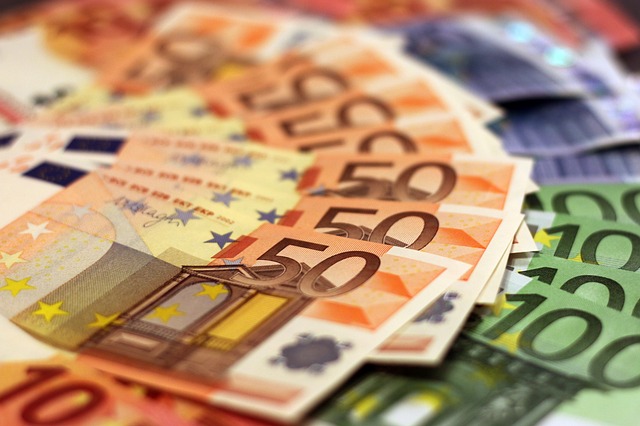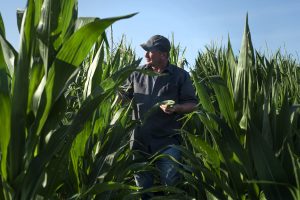According to the agricultural census of the European Union, conducted in 2020, there are approximately 9.1 million farms in the EU, of which 64% are small holdings of up to five hectares. Medium-sized farms, from five to 50 hectares, comprise 29% of farms, while only 7% are occupied by larger farms above 50 hectares, with 4% larger than 100 hectares. Smaller farms are most often intended for raising livestock, while larger ones are mainly used for arable farming.
When arable land use is analyzed, arable land for crops covers 62.3%, grasslands 30.5%, while permanent crops, such as orchards and vineyards, occupy 7.1%. Other types of use make up only 0.1% of the land. Agriculture in the EU is also regionally concentrated. Most farms are located in Romania (32%), followed by Poland (14%), Italy (12%), Spain (10%) and Greece (6%). The rest of the farms (26%) are distributed among other EU countries. A significant number of farms, 38%, produce food exclusively for personal needs.
The direction the EU is going (and what the statistics say)
Ownership of arable land in the EU varies. On average, 48% of the land is owned by the farmers who cultivate it, while 45.8% is rented, and 6.2% belongs to the third form of ownership. Poland leads the way with 75.4% of land owned by farmers, while that share in Bulgaria is the lowest, only 9%.

The structure of European farms shows the diversity of activities. Crops are grown on 3.1 million farms, permanent crops are present on two million, livestock are raised on 1.3 million, while 1.1 million farms combine arable and livestock farming. Pigs and poultry are found on 700,000 farms, and horticulture is practiced on 200,000 farms.
Demographic data on farm managers reveals that 68% are male and 32% are female. The majority of managers, 33%, are over 65, while only 6% are under 35. The most young managers are found in Slovakia, Luxembourg and Austria (8-10%), while Portugal and Cyprus are at the back with only 2%. Full agricultural training is present among 21% of young managers, while this percentage among the oldest is only 4%.

EU agriculture relies on families, as 82% of the workforce is made up of family members who manage farms. These data illustrate the complexity and importance of agriculture for the EU, pointing to its diversity and challenges.
Source: Agronews
The post Agrarian and EU: Current state of affairs appeared first on Bolja Zemlja.
Source: boljazemlja.com


